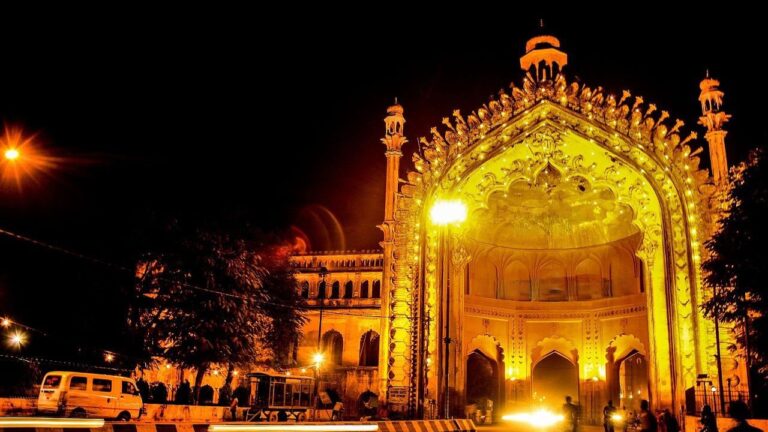
Ayurveda: Bridging Science and Philosophy for Holistic Health
Ayurveda is a monument to ancient cultures’ lasting knowledge. Ayurveda is a comprehensive medical system that has existed for over 5000 years and is derived from the Sanskrit words “ayus” (life) and “veda” (knowledge). Its roots can be traced back to the spiritual rishis of India’s Vedic culture, who organised the basic principles of life into a structured system.
The Vedas, sacred books that provided the foundation for this branch of study, are at the heart of Ayurveda’s expertise. The Atharvaveda, which dates back to roughly 1000 BC, is particularly important. Other noteworthy treatises from the same era include the Charaka Samhita and the Sushruta Samhita, which focus on internal medicine and surgery, respectively. The Astanga Hridayam, written a thousand years ago, is a condensed version of earlier works. These books, taken together, form the foundation of Ayurvedic practise today.
The influence of Ayurveda extended beyond India’s borders during the 6th century BC, reaching Tibet, China, Mongolia, Korea, and Sri Lanka through Buddhist monks. Though much of its original form may not have survived, its impact can be observed in the emergence of various modern concepts.
Sankhya philosophy, centered on creation and manifestation, has profoundly shaped Ayurveda. This philosophy asserts that behind all creation exists a state of pure awareness beyond time, space, and attributes. From this state arises a desire for self-experience, leading to a manifestation of primordial physical energy. The synergy of these elements brings forth the “dance of creation.”
The primordial energy, an imponderable and subtle force, is the wellspring of all actions and forms with qualities. This energy evolves into matter, often seen as distinct from energy though closely interlinked. Its transformation culminates in the manifestation of the mental and physical realms familiar to us.
Furthermore, this energy gives rise to cosmic consciousness, permeating all life. Individual intelligence, distinct from ordinary intellectual cognition, emanates from and is connected to this consciousness. It represents inner wisdom, unaffected by daily demands and “Ahamkara,” the sense of ‘I-ness.’
“Ahamkara,” a Sanskrit term without a direct translation, transcends the simplistic notion of ego. It embodies the aspect of “me” that discerns one’s individuality within the universal creation. This concept applies to all forms of creation, not just humans.
“Ahamkara” gives rise to a dual creation. The subjective realm, known as Satwa, is equipped to perceive and manipulate matter. It encompasses the subtle body (mind), the five senses, and the five organs of action. These bridge the physical, “Ahamkara,” and inner wisdom, constituting the core of human nature.
On the other hand, the objective world, Tamas, consists of the five subtle elements, evolving into the dense elements of ether, air, fire, water, and earth. These elements underlie the material world. The force of movement, Rajas, binds these two realms together.
Even as the philosophy of creation reaches the stage of dense elements, it delves into realms beyond the physical. This philosophy posits that we are the primordial spirits experiencing existence. Although this philosophical understanding isn’t necessary for using Ayurveda, it provides deeper insight into the system’s approach to health improvement.
Ayurveda transcends a mere health care system; it embodies a lifestyle fostering balance and harmony within human existence. It encompasses the transcendent and the physiological, based on the belief that life harmonizes the soul, mind, senses, and body. These elements interact with the five dense elements, shaping an individual’s constitution known as “Prakriti.” This constitution is determined by the balance of three physical energies (Vata, Pitta, Kapha) and three mental energies (Satwa, Rajas, Tamas).
In a narrative rich with ancient wisdom, it’s said that the Hindu God of creation revealed the science of Ayurveda to the sage Atreya. In essence, Ayurveda weaves science and philosophy into a tapestry that nurtures holistic health. It fuses the physical, mental, emotional, and spiritual facets essential for well-being, echoing the timeless principles that have stood the test of millennia.



